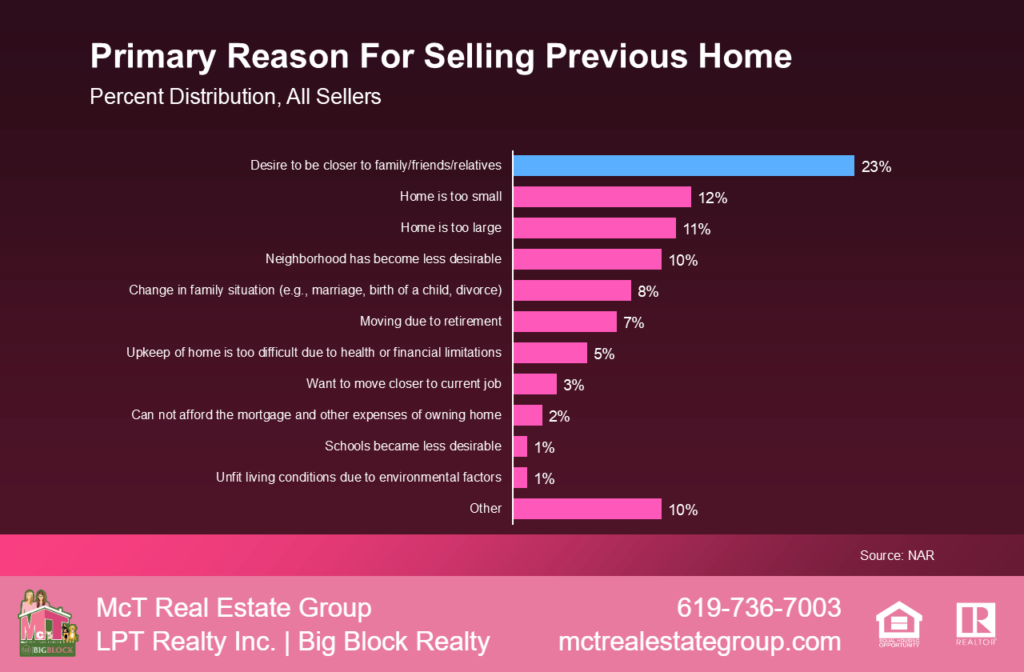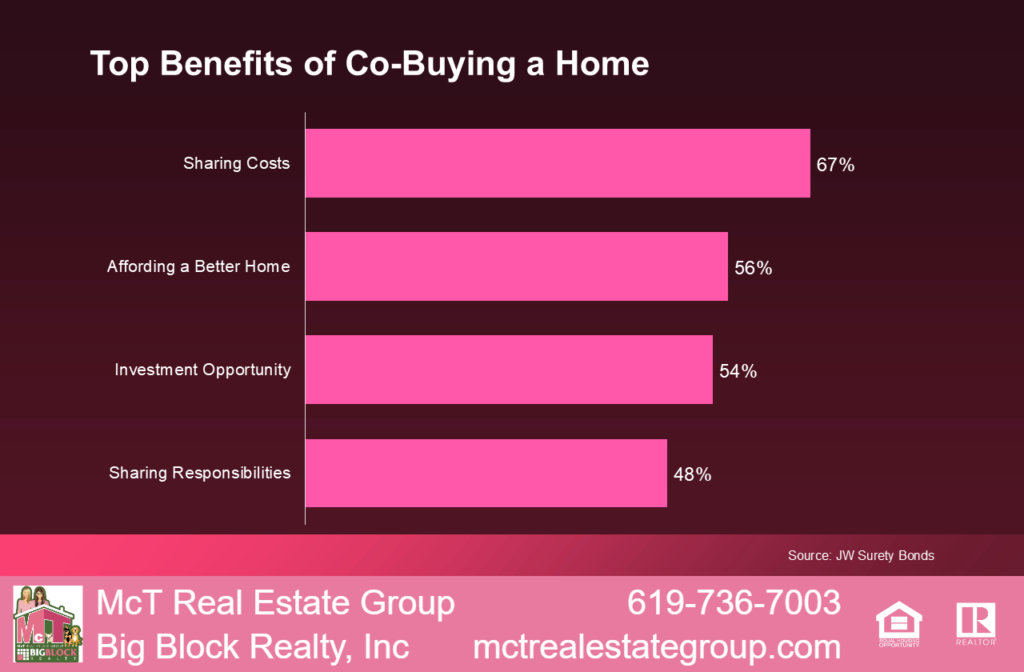Homeownership typically comes to mind as a single large financial burden for most people. The situation makes sense because if you think about it homeowners need to pay their mortgage along with maintenance costs, insurance, and taxes without end. Well, that may be kind of true, but people commonly fail to recognize the way homeownership generates financial returns during tax season. Actually, homeownership provides tax deductions and credits, which help reduce your taxable income. The following steps below will help you understand further how to maximize your financial gain from homeownership.

Homeownership = Tax Write-Off Opportunities
The following section explains the most frequently available tax benefits for homeowners.
Mortgage Interest Deduction
You can deduct this amount for debts that do not exceed $750,000 ($375,000 for married filing separately). Homeowners benefit the most from this write-off during their mortgage’s initial period because interest payments dominate their monthly expenses.
Property Tax Deduction
This law allows homeowners to deduct property taxes that do not exceed $10,000 when filing jointly or $5,000 when filing separately. You just need to itemize your deductions to claim this benefit.
Home Office Deduction
Self-employed individuals who dedicate specific areas of their homes for business purposes can actually deduct specific home expenses, including utilities, rent, mortgage interest, and even internet costs.
Energy-Efficient Upgrade Credits
Have you installed any energy-efficient upgrades such as new insulation, solar panels, or windows? Did you know that the IRS provides tax credits amounting to 30% of eligible home improvement expenses?
Renters vs. Homeowners at Tax Time
So what are the tax benefits of owning a home compared to renting? Here’s a quick breakdown:
Renters:
- The monthly rent payment does not produce any future returns.
- Cannot deduct property taxes.
- The tax benefit for using a home office does not exist or is very limited.
- Any upgrades or improvements benefit the landlord
- No equity building or tax-based advantages.
Homeowners:
- Mortgage payments may offer a mortgage interest deduction
- Homeowners can deduct property taxes up to $10,000 in state and local amounts.
- Self-employed people who work from home can claim a home office deduction. There are credits for energy efficiency reaching up to 30% for qualified homeowners.
- The property value increases with time.

Your Homeowner Tax Checklist
Before you file, here’s what to gather and review:
- Form 1098 – Your lender provides the Form 1098, which demonstrates the mortgage interest amount you paid throughout the year.
- Property tax statements – Review property tax statements that show your yearly payments.
- Receipts for home improvements – You should keep receipts for all home improvement projects, especially those that qualify as energy-efficient upgrades.
- Home office documentation – You should collect documentation about your home office space,e including measurements of the area and business records and utility statements.
- Closing documents – Review closing documents from previous year home purchases or sales.
- Records of energy credits claimed – You should maintain records of energy credits that you claimed throughout multiple years, especially for solar upgrades.
Homeownership does provide financial returns, especially when you identify suitable opportunities and know where to look. Remember to talk to a tax pro before you file, especially if you have recently sold your home, worked or are working from home, or even made major upgrades last year.

























